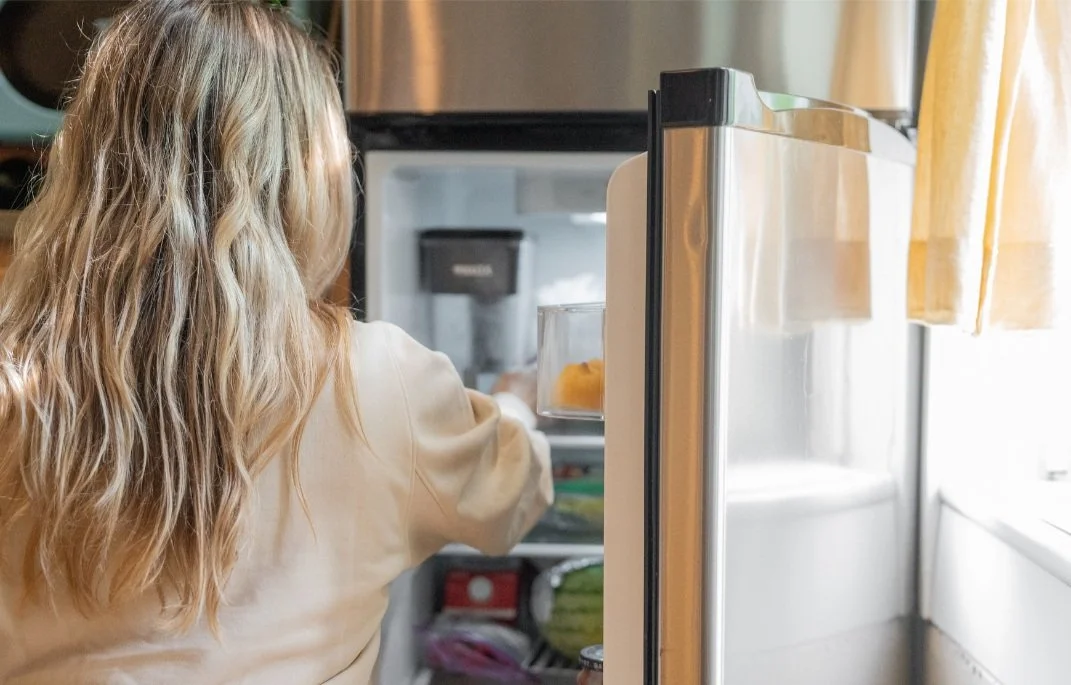Let’s face it - our relationship to our stuff can be complicated so we thought we’d share a framework to help you better understand and define your relationship with your belongings. A few years back, we read this book and really loved the 4 archetypes they use to explain individual’s relationships to their stuff and the challenges & strengths each archetype presents.
Understanding your posture towards your home and the things that fill it, is a big deal. On an even deeper level, we are sometimes able to help clients understand why they’ve developed their specific relationship to their things. This process can take time. Just like the soul work of uncovering our habits and patterns in other areas of or lives, assessing the contents of our homes can bring up difficulties or memories from a painful season of life. We believe the work is worth it, and often times our clients are surprised by joyful and unexpected stories that pop up while going through items in their homes.
The following 4 archetypes are by no means, the only types of people in regards to how we relate to our belongings but they are a good framework to start with. You may identify with more than 1 archetype; that’s completely normal. Exploring these archetypes can empower you and give you the language to express how you feel about the items in your home. We believe that’s a pretty powerful place to start.
The authors recently created a guided journal to help you on your own journey to minimalism.
We share these archetypes with you today, in hopes that you can identify yourself and the style in which you attach to your belongings. We’ve been honored to walk alongside so many incredible and uniquely diverse clients, who span the spectrum of all of these types. Our greatest hope is that understanding your relationship with your stuff will give you the confidence you need to reclaim your home. You deserve to have control of your belongings, not the other way around. Your space and your home should work for you! We love guiding our clients to create order and implement organization in their spaces. No matter how you typically relate and attach to your belongings, we can start somewhere. You and your home are not too far gone.
Let’s get to it!
It all begins with a conversation.

















